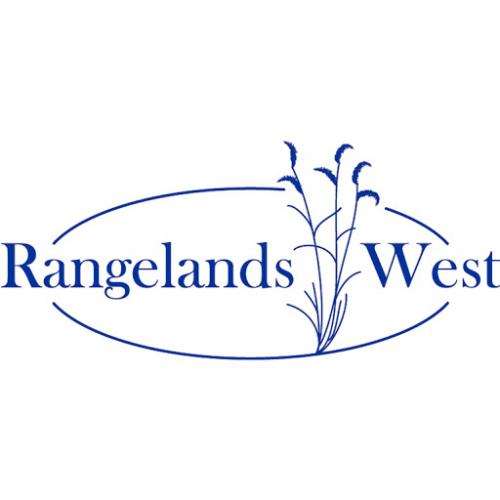In arid and semi-arid lands throughout the world, vegetation cover is often sparse or absent. Nevertheless, in open spaces between the higher plants, the soil surface is generally not bare of autotrophic life, but covered by a community of highly specialized organisms (Fig. 1.1). These communities are referred to as biological soil crusts, or cryptogamic, cryptobiotic, microbiotic, or microphytic soil crusts (Harper and Marble 1988; West 1990). Biological soil crusts are a complex mosaic of cyanobacteria, green algae, lichens, mosses, microfungi, and other bacteria. Cyanobacterial and microfungal filaments weave through the top few millimeters of soil, gluing loose particles together and forming a matrix that stabilizes and protects soil surfaces from erosive forces (Cameron 1966; Friedmann and Galun 1974; Friedmann and Ocampo-Paus 1976; Belnap and Gardner 1993). These crusts occur in all hot, cool, and cold arid and semi-arid regions. They may constitute up to 70% of the living cover in some plant communities (Belnap 1994). However, biological soil crusts have only recently been recognized as having a major influence on terrestrial ecosystems."

Articles, citations, reports, websites, and multimedia resources focused on rangeland ecology, management, restoration, and other issues on American rangelands.